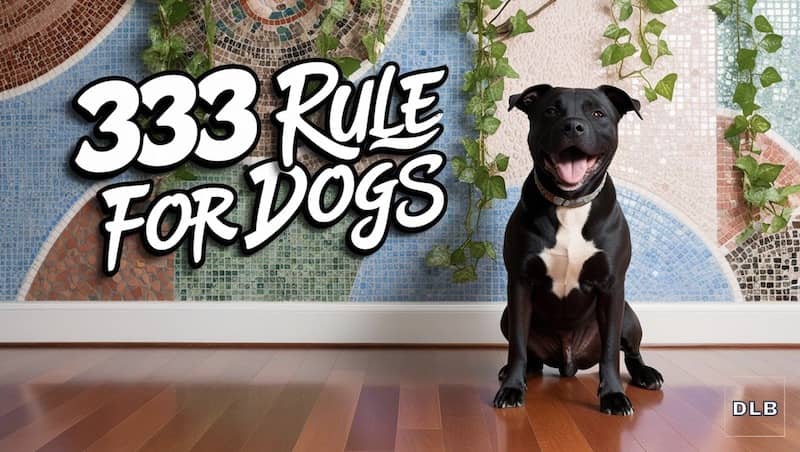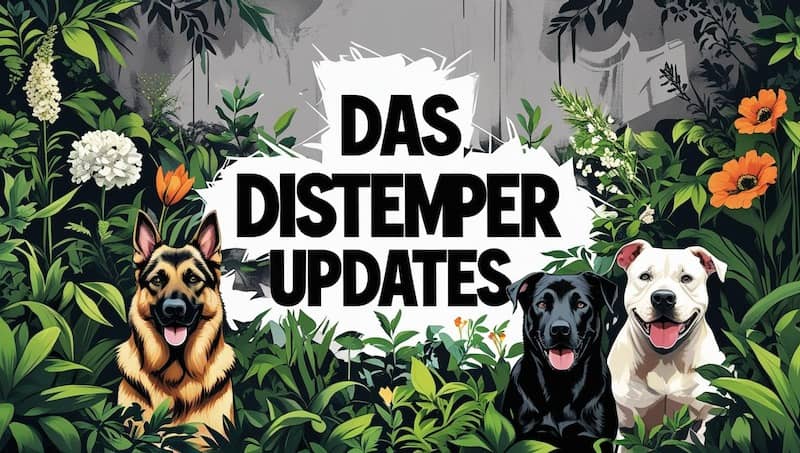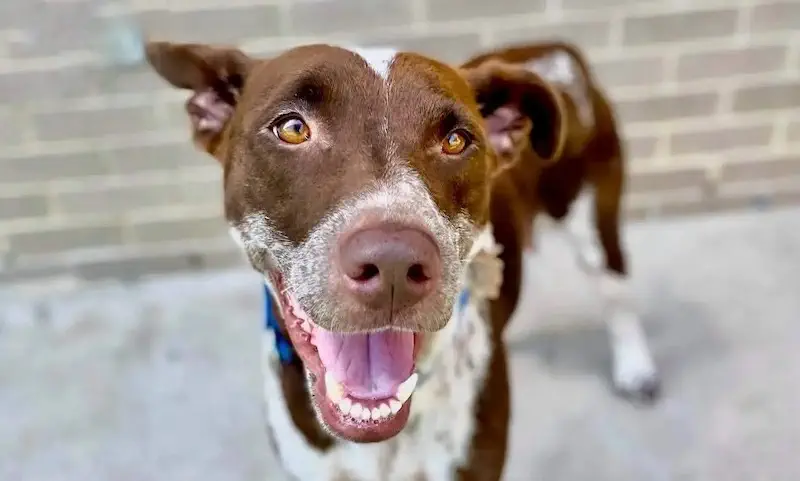Bringing A New Dog Home

Steps to help with slow, controlled introductions when bringing a new adopted or foster dog into your home
The same slow, controlled, 3/3/3 Rule tactics apply whether you are bringing in a rescue dog, a dog from a municipal shelter, or purchased dog.
Every dog is different, responds differently, has different needs, challenges, and exceptions but below is the basic guide of what I do when I bring a new dog home.
The first few days will be hard. The first week may be hard. There will be frustrations and possibly exhaustion. Don't Give Up! Google videos and help articles. Ask friends who have more experience. Review materials provided by your shelter or rescue. Hire help - a couple hours of one on one with a dog trainer or behaviorist will give you lifelong dog skills! Don't Give Up! Learn, lead, love.
It is the human's job to set the dog up for success. Failure or unwillingness to do the (very brief) initial work may result in instilling anxiety or unwanted behavior, dog fights, dog bites, mistreatment, and/or abandonment. You can do the work! Learn and give your pets the simple tools they need to thrive and give you (and your pets!) a calm, loving household.
- PREPARE PRIOR TO PICK UP - have space ready for dog, other pets no access to that space, leave calming music on
- CALMING TREAT - I give one upon pick up (or in their first food, if too nervous to eat a treat upon car pick up and usually give my dog and visiting dog a calming treat with breakfast the first week then start tapering off)
- LET THEM POTTY OUTSIDE - do not remove slip lead, this leash will stay on until further notice, for quick control
- BRING INSIDE TO CRATE - Give them water, food, treats in there
- LET THEM RELAX A BIT IN CRATE
- TAKE OUT FOR POTTY BREAKS REGULARLY - especially if you are unsure of potty training status!
- HAVE SOME ONE-ON-ONE out of crate time with them
- DO NOT LET RESIDENT ANIMALS OR KIDS INTERACT, YET
- GO INTO MILITARY MODE WITH YOUR ROUTINE - this will calm the dog and help them settle faster because they know what to expect as far as schedule goes (wake up, walks, play, eat, hang space, etc)
- PACK WALKS ONLY with resident dog(s) for 5-ish days, this establishes the dogs spending time together "working" under calm, human guidance before excited play is introduced
- KIDS NEED TO RESPECT THE DOG Dogs should not be poked, grabbed, have their face yelled in, climbed all over etc - anything a human would be annoyed by may annoy a dog and they have teeth - don't let children harass a dog, it is unsafe (and rude!)
- LEAVE SLIP LEAD ON NEW DOG until you feel confident about your new dog's behavior and reactions around resident people and pets, this is usually about 5 days for me - just leave the slip lead on them, dragging, at all times
- CRATE AS NEEDED - once I find out a dog is potty trained and non-destructive, they can move to the office as "their room" for private time and overnight; if we don't clear those things, the crate is continued; some prefer crate usage forever, this is cool (the crate is like a safe space den for many dogs)! NOTE: Some dogs are not going to take to crating easily, or at all (hello most great pyrenees), please read about Dog Separation Anxiety tips.
- FEED SEPARATELY always, for a while; food is a valuable resource, there is no reason to feed a new dog near resident dog(s), initially
- DO NOT STICK HANDS BETWEEN DOG AND FOOD Putting yourself between a predator and their food is a horrible idea. This is ancient advice from I don't know where but lacks common sense in every way. Don't harass your dog!
- INTRODUCE DOG to DOG PLAY SLOWLY I do this after a long walk on about the 5th day and only for about 60 seconds, if it goes well, we end on that good note then build up longer sessions (this also applies to children playing with new animals)
- INTRODUCE SHARED SPACE INSIDE SLOWLY - again, build this up, don't just plop them into the same space with resident animals or kids and hope for the best... GUIDE AND CONTROL THIS - it can start when slip lead is on with you holding slip lead, at all times
- INTRODUCE TO CATS sloooowly with the new dog on a slip lead, always until you feel confident a dog is cat friendly, if there is any question - NEVER let the new dog loose around resident cat(s) until you are 100% confident in the cat's safety
- DO NOT TAKE YOUR NEW DOG TO PUBLIC SPACES UNTIL THEY ARE SETTLED - this includes restaurants, stores, other people's homes, and dog parks. P.S. Many people and most trainers will advise you against regularly using dog parks for many good reasons.
- TIMELINE WILL SHIFT DEPENDING ON YOUR NEW DOG - it is on the dog's acclimation time... some will go faster, others take much longer - they will hit milestones at different paces in different ways unique to each individual animal!
- DON'T GIVE UP - ask for help, watch videos online, hire support, take a breath, you've got this! You will be rewarded with devoted companionship and ongoing love.
See the OLIVER highlight on the Dallas Love Bugs instagram page for video of the above steps.
See 3/3/3 Article for more on the typical 3 Days, 3 Weeks, 3 Months Expectations and Timeline.


The content on this website is based on personal experience and researched information. Please note no one here is a professional vet, trainer, or behaviorist. Always consult your vet and trainer about what is best for your dog or cat and their mental & physical health!


Think of bringing a new dog home the same way you would start a new job - there are tours, onboarding, explanation of the set up, expectations, and rules. You are eased into the situation and allowed some missteps... Follow these same principles with your new dog!












